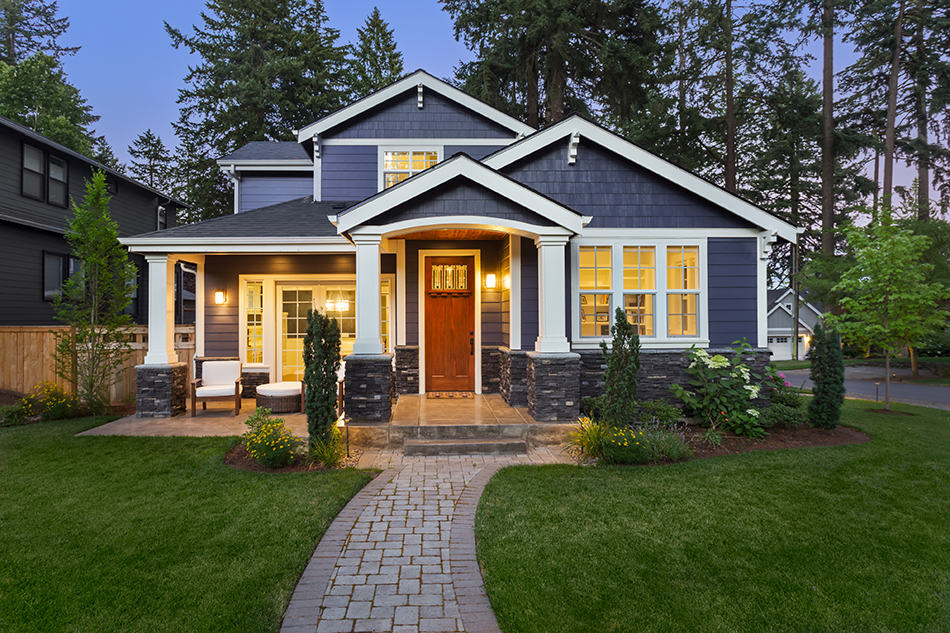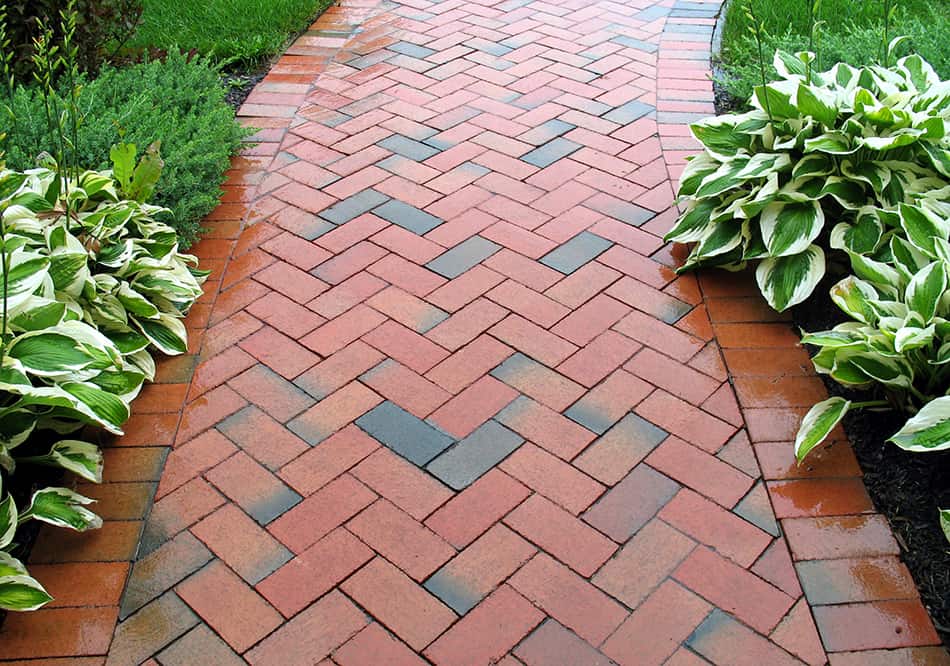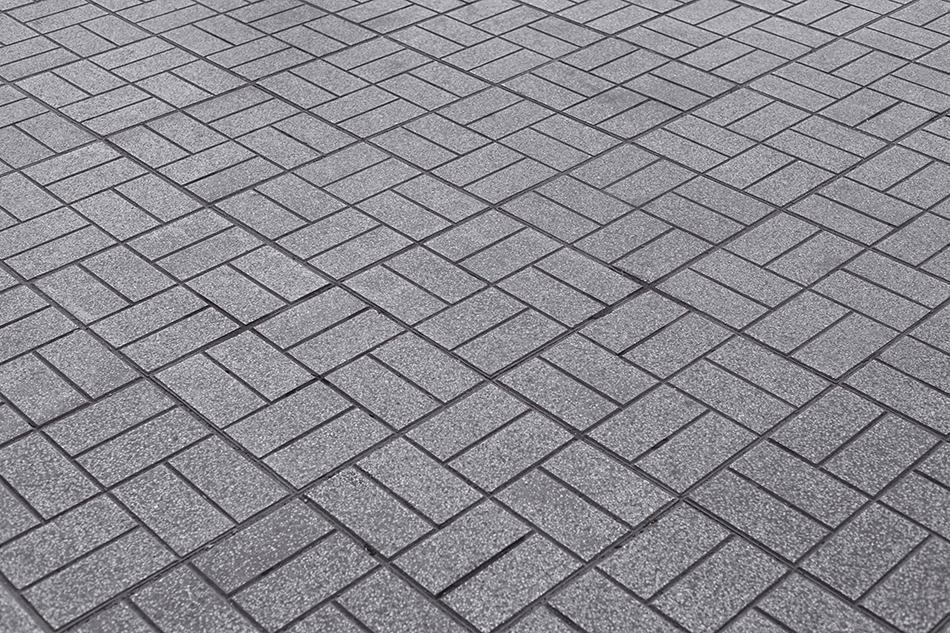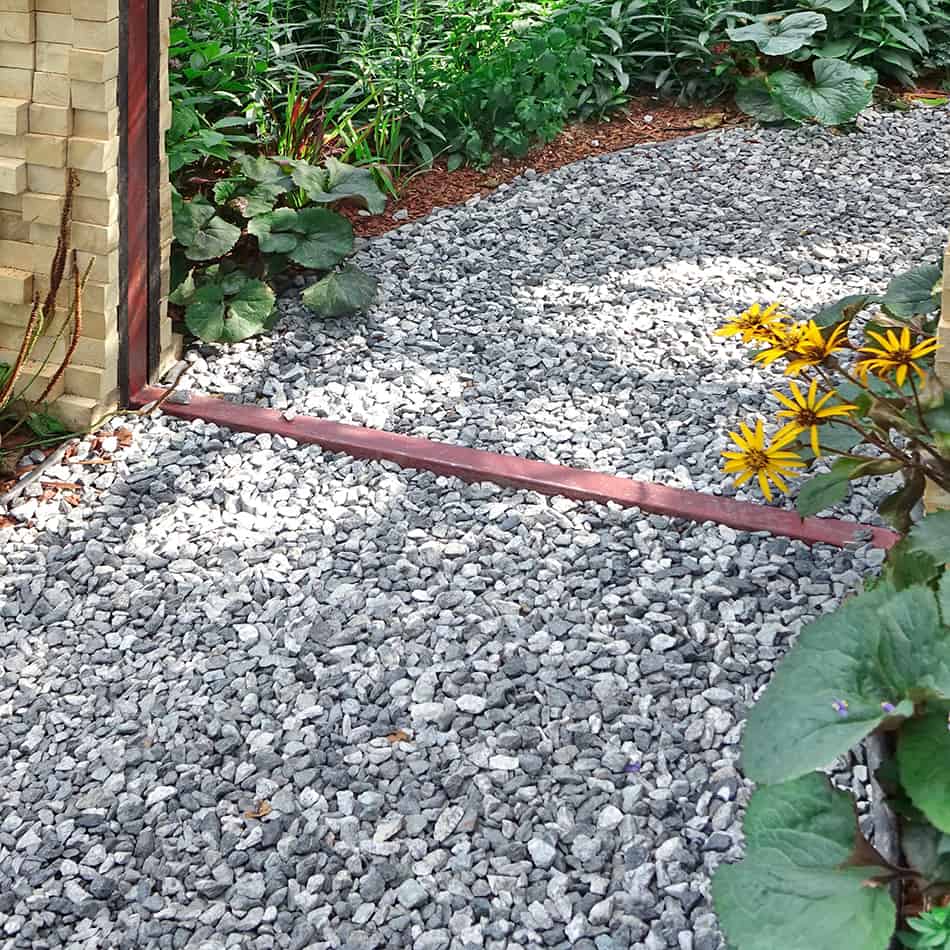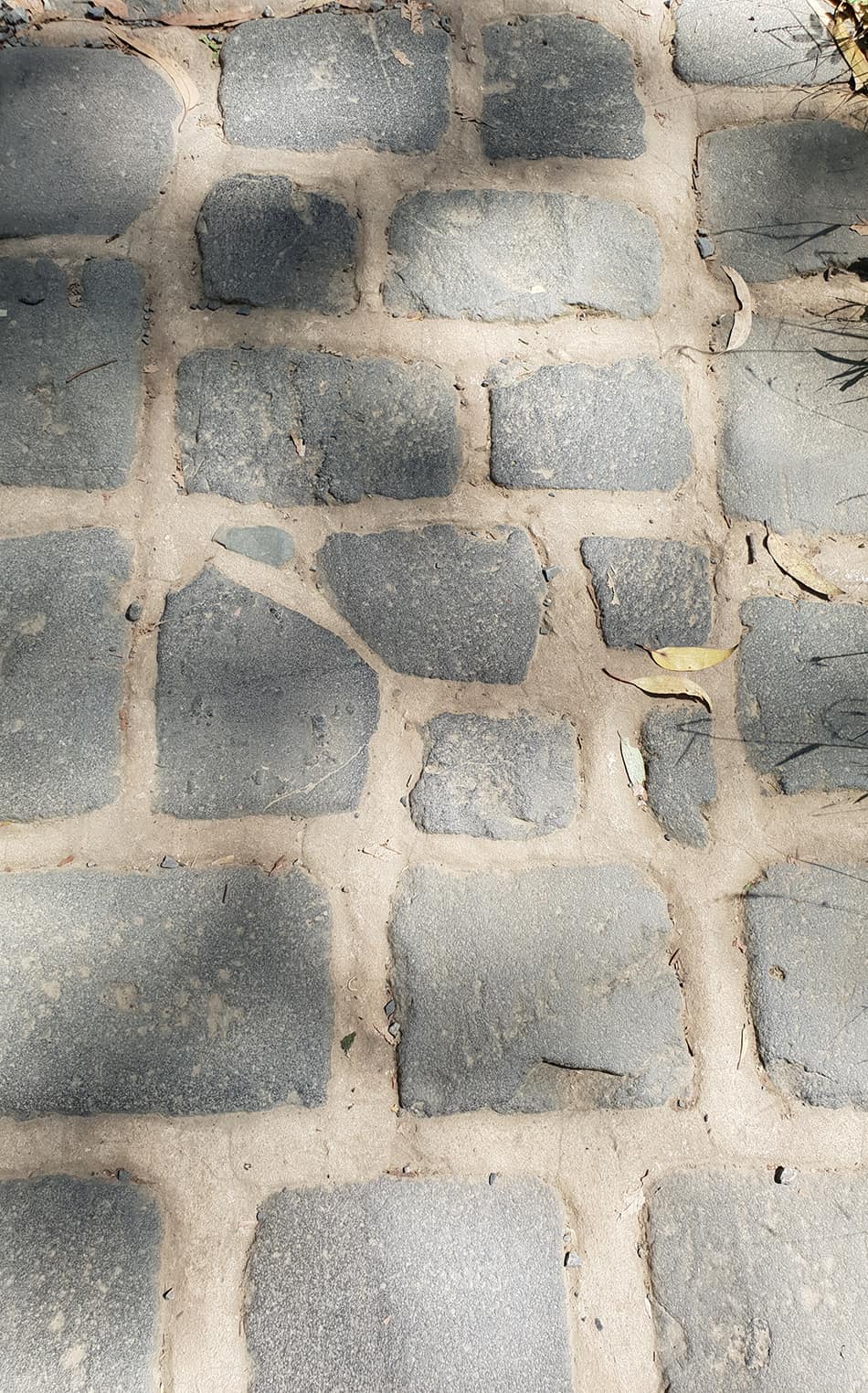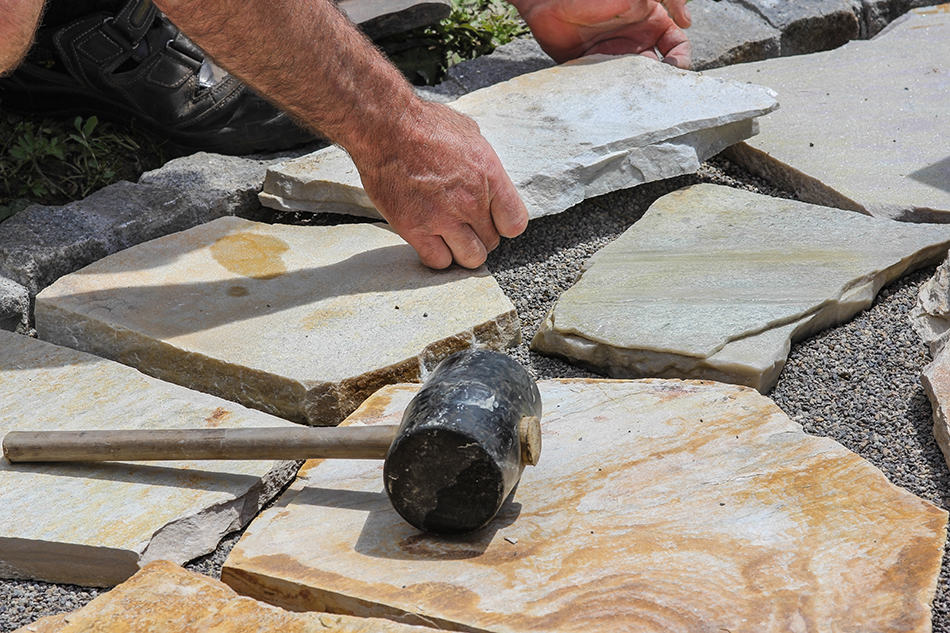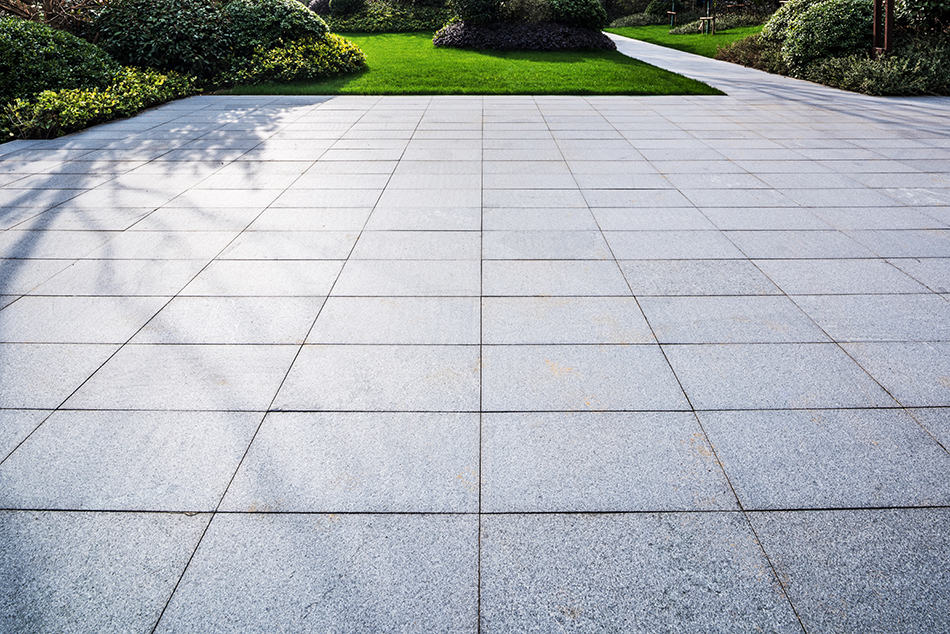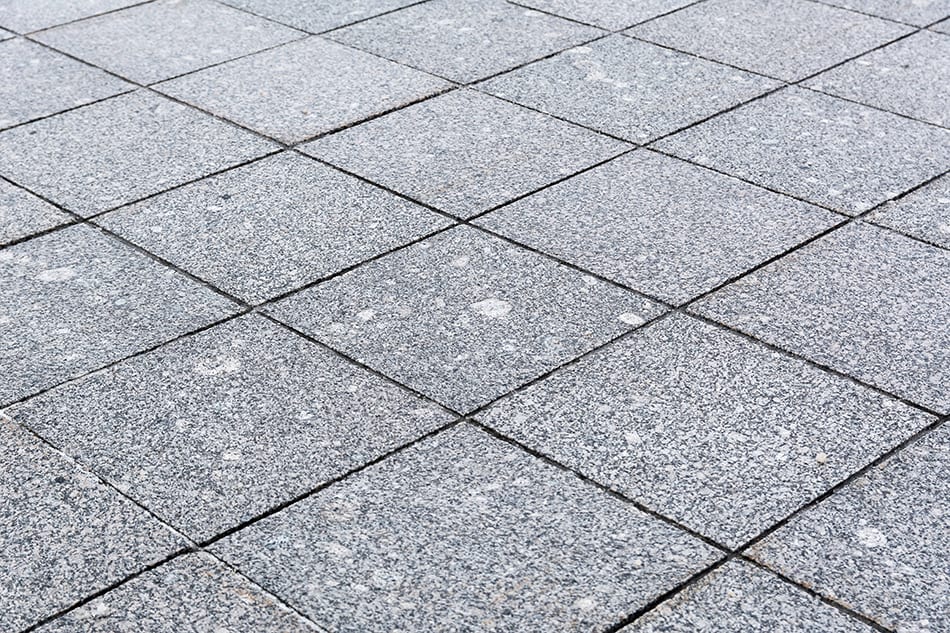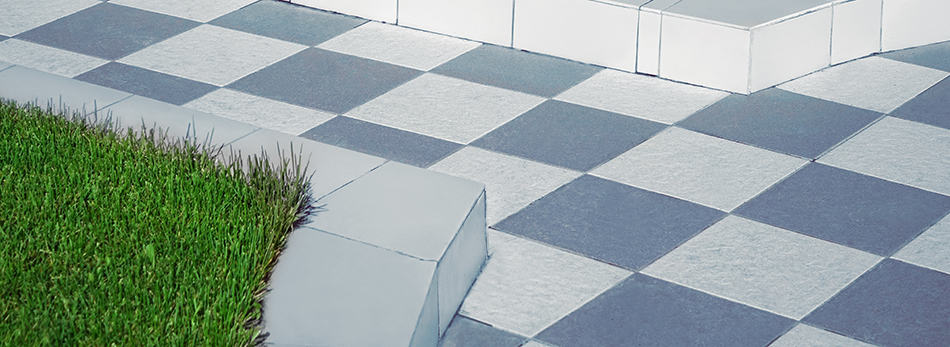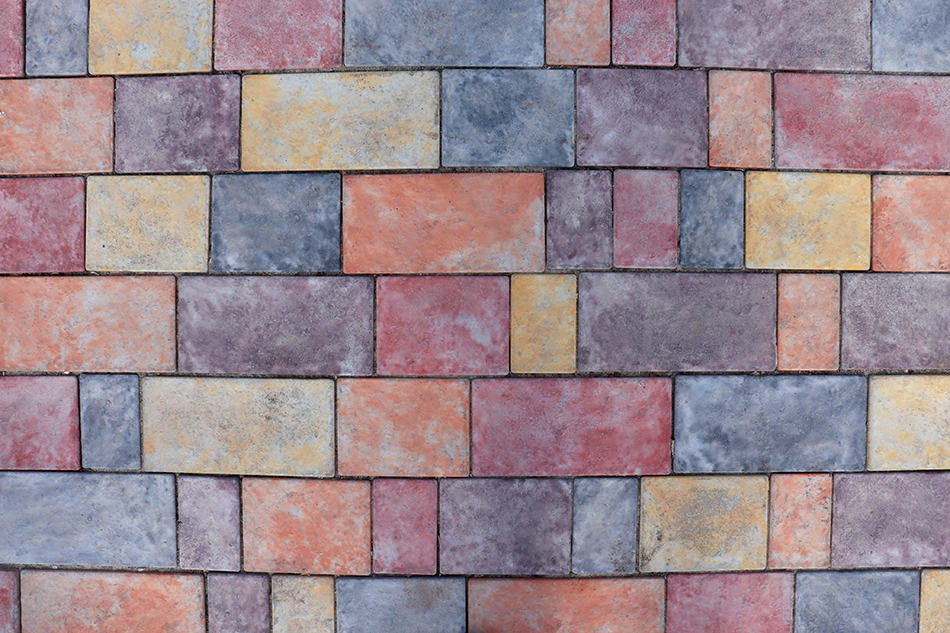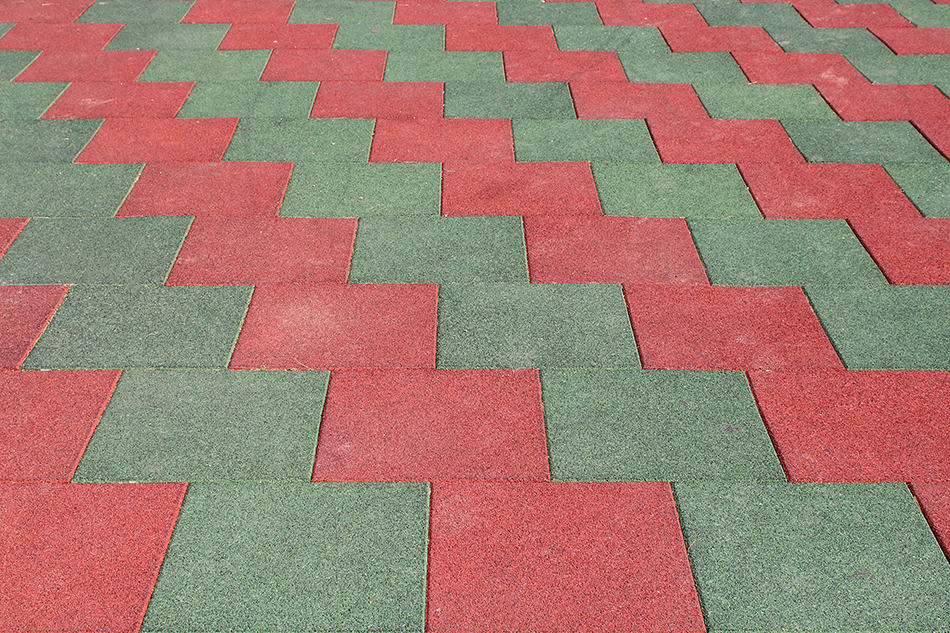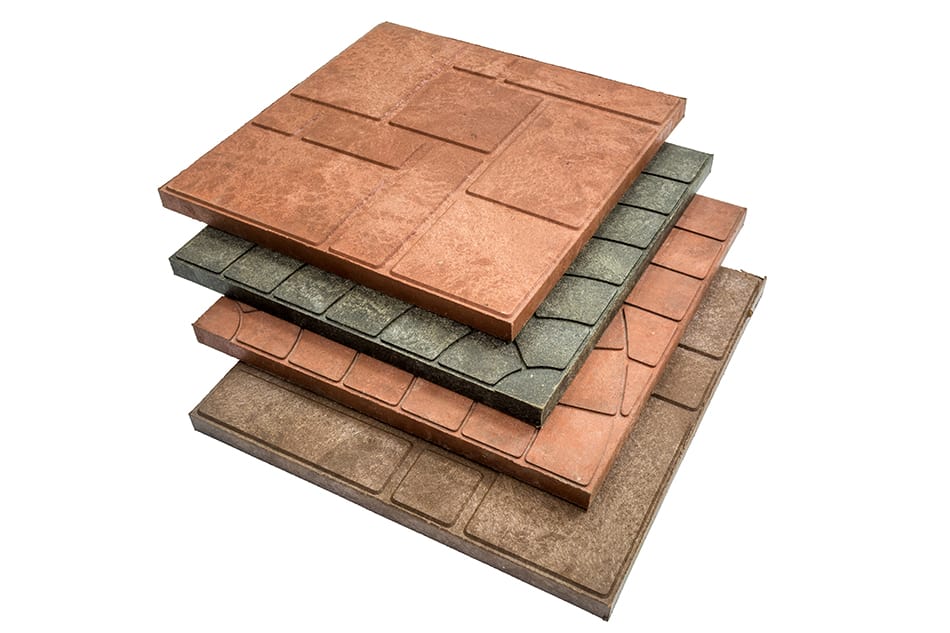When creating beautiful walkways, patios, porches, and pool decks, pavers are one of the first things you need to acquire. Pavers are commonly made of natural stone, concrete, and brick. It can also be made from marble, porcelain, rubber, and plastic. It’s a popular material in constructing driveways, pool decks, patios, outdoor seating areas, and outdoor kitchens, among others.
Pavers are considered a more popular and practical alternative to concrete in creating the aforementioned parts or areas of a house. Unlike concrete, a paver is highly customizable not only in appearance but also in layout. Simply put, it can make a patio or walkway more enticing than concrete.
There are numerous types of pavers that a homeowner like you can choose from.
Clay Brick
Clay brick has been used for centuries. It’s a fixture material in ancient buildings and structures. It is also used as a paving surface for courtyards and roads. You can argue that there’s nothing more beautiful than a driveway paved with clay brick.
A clay brick paver is created from molded clay baked in a kiln. It is then set into a sand base on the driveway. It is usually rectangular-shaped and clay-colored.
There are many benefits of using clay brick paver. One is that it leaves a classic and elegant appearance on any surface. It is also durable and easy to repair. If properly maintained, a clay brick paver can last for at least 25 years.
But there are downsides to using this material, the foremost of which is the price. Compared with other types of pavers, a clay brick paver is quite expensive. A brick paver driveway would cost you around $5 for every square foot. You can DIY the installation, but if you contract a pro to do it, you can expect to cough up around $20 per square foot. The price or cost of the installation may also be affected by the design and cost of the bricks themselves.
Finally, a clay brick paver requires periodic sealing. This must be done after every wash of the driveway, patio, or area where the clay brick paver was used. Regular sealing prevents the flaking and peeling of the clay bricks.
Concrete Pavers
This is one of the most widely-used flooring materials for roadways and driveways. A concrete paver is made from a combination of dry concrete, cement, gravel, sand, and pigment. This mixture is then poured into molds of different sizes and shapes.
There are many advantages to using concrete pavers in your driveway or patio. For one, it comes in many colors, sizes, and textures, meaning you can customize it according to the look and feel of the area where it would be used. It can work well with practically any home design. A concrete paver is considered a close second to a clay brick paver in terms of design.
Compared with a clay bricklayer, a concrete paver is way cheaper because the manufacturer of it requires low-cost materials. To give you an idea, concrete pavers can cost around $3 to $10 for every square foot. If you are to have the pavers installed, expect to cough up at least $30 per square foot. But don’t worry, as installation of a concrete paver isn’t that difficult. You can even do it yourself.
However, there are also disadvantages to opting for a concrete paver. For one, a concrete paver requires high maintenance to prolong its life. The material can also crack due to extreme temperature changes. In terms of appearance, there’s a risk that the artificial pigments of a concrete paver would fade over time.
Gravel
Easy to install and cheap, gravel is the best choice for a paver if you are on a budget. Medium gravel is the most commonly used for pavers as it compacts tightly but leaves enough room for draining water. It is best used as paver material for driveways.
But there are also downsides to using gravel pavers. Perhaps the biggest is that it can be difficult to maintain it. Weed can become an issue if the gravel is not tended, and this means you’ll have to cut the weed now and then.
Bluestone Paver
This type of paver is constructed from bluestone, a versatile natural stone. Durable and hard-wearing, it is the perfect material for outdoor areas like garden paths, walkways, sidewalks, backyards, and stepping stones.
Again, there are many benefits of using a bluestone paver as a construction material. Bluestone is porous, meaning it is capable of holding large amounts of water. It is also a highly dense material that can endure constant exposure to harsh and unfriendly weather conditions.
For most homeowners, the color of bluestone is what made them use it for their homes. Bluestone has a royal blue color which can make any part of the home where it is used look more elegant. Constant exposure to sunlight can turn the color into light grey.
The major downside of the bluestone paver is its price. Like clay paver, it is expensive because authentic bluestone is rare. The cost of the material would vary depending on the thickness of the paver. Irregular ones are less expensive, but thermal pavers are more costly.
Because it is thick and dense, a bluestone paver can also make for a complicated installation. You’d likely contract a pro to do the job for you. While you can also DIY the installation of bluestone pavers, the chances of you getting a perfect finish are slim.
Installation of bluestone pavers with different depths can be difficult, too, even for professional contractors. Finally, bluestone tends to get hot when it is exposed to the sun for an extended period. This would mean that you may find it hard or impossible to walk barefoot on bluestone pavers.
Flagstone Paver
Flagstone paver can make your patio or garden look more rustic and inviting. It is a sedimentary rock that’s commonly available or cut into square or rectangular shapes of different sizes. It is also available in a wide variety of colors, although the most common are red and gray.
This material has a non-slip texture and surface, which means it is a safe option for flooring outdoors and indoors. It is also durable and would last longer than concrete pavers. And because it comes in different sizes, shapes, and colors, it can be customized according to the look and feel you’d want for your home.
Again, the main disadvantage that flagstone presents is its relatively high cost. Like clay paver and bluestone paver, this material is more expensive than concrete. Installation can also be laborious and expensive, especially if you hire professionals to do it. And while flagstone can endure weather changes, it can become extremely hot during the summer months.
Marble
Marble is a material formed with limestone exposure to extreme heat and pressure. It has been used since ancient times. It’s an excellent material for outdoor applications. The world-famous Taj Mahal is one of the prime examples of structures built with marble.
You don’t need to build a Taj Mahal to appreciate the inherent strengths of marble. You can use it at home for your driveway, patio, or walkway. Its smooth and regal polish can make those areas look more attractive, sophisticated, and inviting. Its natural patterns and stone would leave a unique finish, too. Moreover, marble is highly durable and would last long. It can even add value to your property which could command a higher market value in case you sell it.
Another important characteristic or feature of marble is heat resistance. It has been used in cooling down living spaces, especially in countries with warmer climates. It is also used in fireplaces because of its unique ability to withstand high temperatures.
Marble, though, is relatively softer compared with other materials, especially concrete. It can easily be scratched. It is also prone to stains and discoloration.
Travertine
This is another common landscape stone in the market. Like marble, travertine is an all-natural and eco-friendly material that’s versatile enough to be used in many ways. It is a sedimentary rock that forms and develops under changes in temperature and pressure.
A travertine paver is thicker than tile, ranging anywhere from 1.25 inches to 2 inches. It also comes in a wide range of finishes. It is also naturally slip-resistant because of the tiny holes in the stone.
This is a widely available stone or material, which means you can find it in almost all home improvement stores. It is also relatively affordable, especially when compared with marble.
Travertine is durable and can add value to your home. It is also available in many colors and tones. The stone is also an excellent heat insulator; therefore, it won’t heat up during the summer season.
Installation may be a problem, however, due to the weight of this paver material. You may likely need to seek professional assistance in installing travertine pavers. The material is also highly sensitive to acids. It is not recommended that you clean it with vinegar as it would leave an unwanted stain.
Travertine paver is an excellent material for patios, gardens, pool areas, and even indoor floorings.
Porcelain
This clay-based material is treated with high temperatures, resulting in a hard and durable paver with a non-porous finish. It is a popular material for both indoor and outdoor applications. Thanks to modern technology, porcelain pavers that closely resemble natural materials such as stones and wood have also flooded the market.
Compared to other pavers made of natural materials like marble, porcelain is a lot cheaper. Despite its low cost, it has a subtle beauty and elegance that stands out from the crowd. The material itself is easy to maintain and clean. Porcelain absorbs less moisture and, therefore, can help in preventing the growth of molds and bacteria. It also comes in a variety of colors and patterns.
However, porcelain pavers are not recommended for those living in highly elevated areas and experiencing harsh frost. Porcelain is also more brittle compared to stone paver, which means that you must be careful in installing it. You’ll also need specialized cutting tools for cutting or drilling this type of paver, such as diamond blades. This is one reason why many homeowners would rather contract a pro to install porcelain pavers instead of doing it themselves.
Cobblestone
Cobblestone is another material that’s been around for centuries. It is commonly made of granite, but it can also be made out of limestone or basalt. Cobblestone pavers have been used by ancient civilizations, proof of their durability and beauty.
Aside from those qualities, cobblestone is known for being low-maintenance. You don’t have to wash a cobblestone paver regularly; doing it once or twice a year would be enough. You must also pull weeds that would grow through its joints. A well-built driveway made of cobblestone paver can last for as long as 100 years!
However, cobblestone is also quite expensive. It can be twice as costly as the other pavers on this list. You can expect to pay at least $10 for every square foot of the material. Installation is not only time-consuming but also difficult, and you’d likely get professional help. If you do, then be prepared to pay around $75 for every square foot of cobblestone paver installed. This makes a cobblestone paver one of the most expensive paving materials around.
Rubber
Technology has led to the introduction and use of other materials as pavers aside from natural stones. Rubber is one of those new materials that can be used as a paver. Rubber paver is eco-friendly because it is made of recyclable material. It is also tear-resistant and inexpensive. It is a great material for patios, decks, and floors.
Rubber pavers are recycled from old rubber like the material from old tires. This makes rubber pavers an excellent choice if you’re pro-environment. It’s been said that used tires are one of the greatest environmental concerns today. In California alone, up to 34 million tires are thrown out every year. But with the production of rubber pavers, those old tires are reused and recycled. In short, rubber pavers help save the environment and preserve our natural resources.
Aside from being eco-friendly, there are other advantages of using rubber pavers. For one, a rubber paver is safe as it has anti-slip and shock-absorbent properties. It’s an excellent choice for use in areas that are often exposed to water. Moreover, rubber is less susceptible to cracking and chipping.
Rubber is also soundproof. It offers a soft and low-impact surface. In terms of cost, a rubber paver is a lot cheaper compared to the other paver materials. It is also hygienic as rubber does not absorb bacteria.
Rubber pavers are available in different colors. However, the finish of rubber pavers isn’t as attractive as other pavers like stone and porcelain. Rubber pavers may not also be as durable as other pavers like cobblestone and marble.
Plastic
Like rubber, plastic is a relatively new material used for pavers. The plastic paver can either be recycled from plastic waste or newly manufactured. Plastic is melted with water and then mixed with soil. The mixture is stirred and poured into containers shaped like pavers then left to dry.
There are four types of plastic pavers. The first is the rolled paver which comes in a large roll. This completely rigid paver can extend up to 150 feet in length, and its usual width is four feet. The second type is the rigid or panel paver which uses a honeycomb pattern. It is then arranged into a large, rectangular grid.
The third type of plastic paver is a geocell paver or thin plastic strips that are interconnected to form an expandable mesh. The fourth and last type is the true grid paver which is best for covering parking lots and driveways.
Conclusion
Indeed, there are a lot of options that you can choose from as far as paver materials are concerned.
In selecting pavers, you should determine the purpose that the paver will serve. You must also take into consideration your budget for the project. For example, if you are to have a driveway but your budget is limited, then you might want to opt for gravel instead of stone.
Other things that you need to consider in choosing types of pavers include the design, installation costs, and maintenance. The paver material you’ve picked may also affect the installation method as certain materials like cobblestone are difficult to install without professional assistance.
